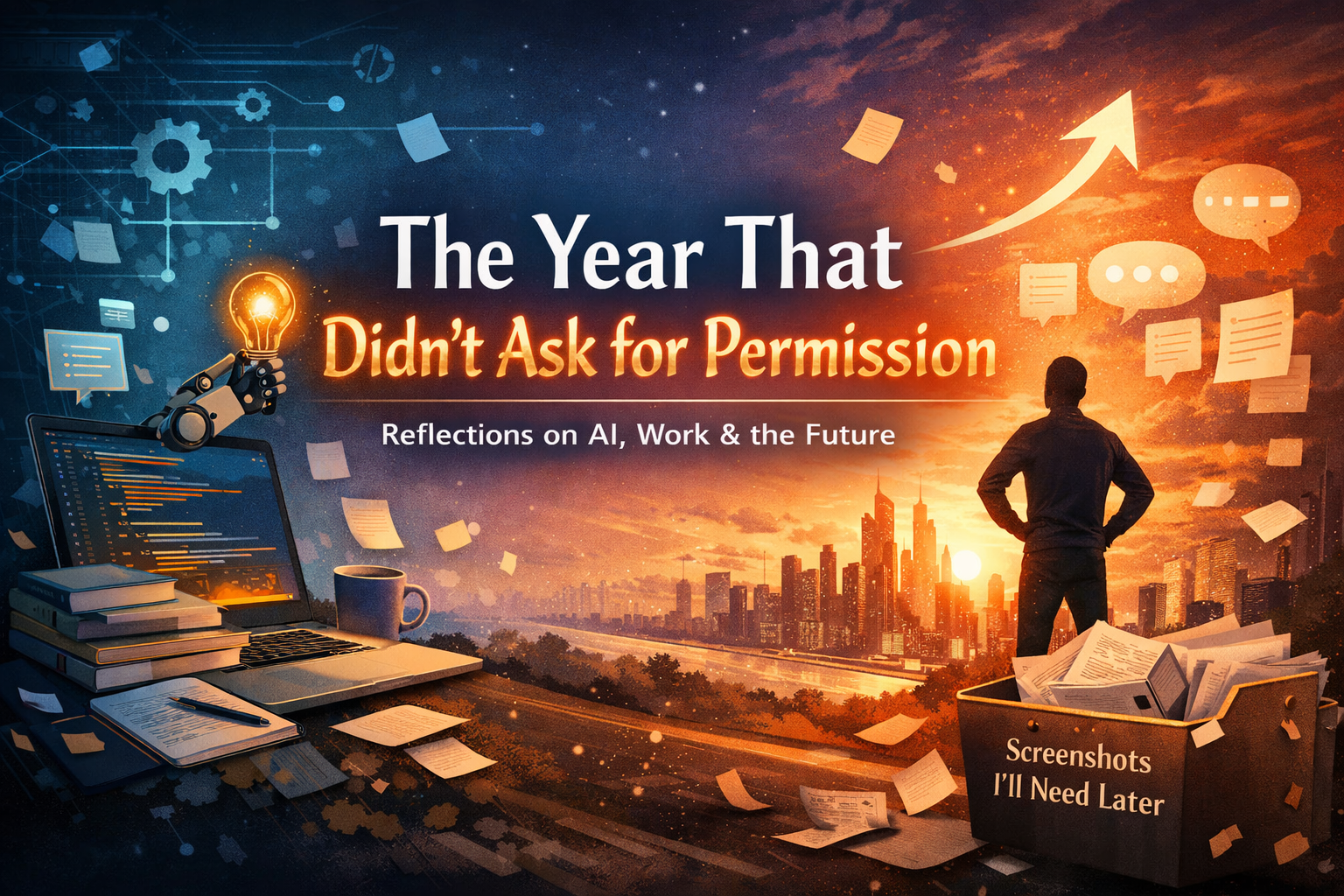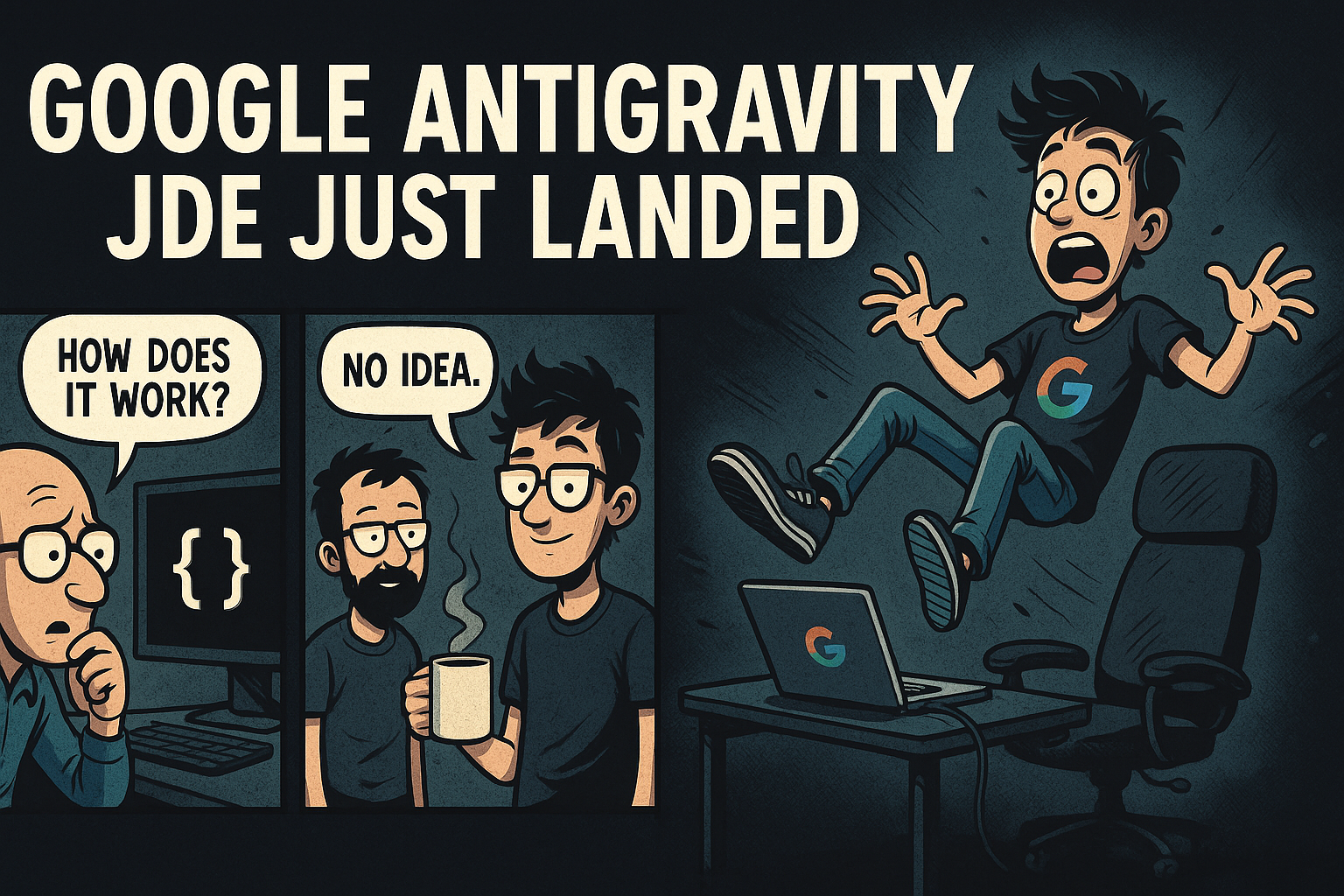Technical writing is a thriving sector, poised for a 7% growth spurt from 2022 to 2032, outpacing most other careers. The surge in demand stems from the ever-growing need for technical products and services, coupled with the relentless march of new technologies that call for precise technical documentation.
Before budding technical writers frantically Google “what does a technical writer even do?” Let me dazzle you with some stats that might just make you ponder, “Hmm, perhaps I should give this career a shot.”
-
According to the Technical Writers of America 2022 survey revealed that a staggering 82% of technical writers believe their skills are more sought after than the latest iPhone on Black Friday.
-
In a 2023 Contentful poll, a whopping 91% of marketing professionals declared that technical writing is the secret sauce of their content marketing strategy. Move aside, secret ingredients, it’s the era of the technical writers!
-
The Bureau of Labor Statistics, predicts that employment opportunities for technical writers will grow by 7% between 2022 and 2032 – quicker than a cat meme can go viral.
-
And if you thought tech writing was small fries, think again. According to MarketsandMarkets, the global technical writing industry is projected to reach a jaw-dropping $15.7 billion by 2027. That’s a whole lot of zeroes.
Alright, enough with the numbers; let’s delve into what’s simmering in the world of technical writing for 2023 and beyond:
AI and automation
AI is everywhere, and it’s taking over technical writing, but don’t worry, it’s not stealing your job. AI can help with tasks like generating content, translating stuff into multiple languages, and even making interactive content. AI-powered solutions can automate many technical writing tasks, such as:
-
Creating initial documentation
-
Generating personalized content (an interesting topic, we will talk about it later in the blog)
-
Translating documentation into multiple languages
-
Creating interactive content, such as simulations and tutorials
It frees up technical writers to focus on more strategic tasks, such as developing content strategies and creating documentation tailored to the needs of specific audiences.
For example, ProWritingAid is one well-known AI-powered writing tool that we can use to proofread content for grammar errors, make it simpler to read, and suggest alternative terms and synonyms. Additionally, ProWritingAid may be used to create custom style guides, guaranteeing that all documentation is consistent and follows the organization’s branding rules.
Personalized content
Picture content customized to your needs, like a menu at your favorite restaurant, but for tech information. Personalized content enhances the user experience, captivates your readers as if they’re reading a gripping mystery novel, and can even boost conversion rates. To get it right, start by understanding your audience, utilizing data effectively, and making it a breeze for readers to locate the information they seek.
Here are some personalized content tips:
-
Know Your Audience: Begin by understanding your audience – what are their needs, interests, and their level of technical expertise?
-
Leverage Data: Once you have a grasp of your audience, employ data to personalize your content. You can segment your audience into distinct groups and create targeted content for each group.
-
Enhance Accessibility: Use clear and concise language, logically structure your content, and incorporate features like search bars and tables of contents to help readers quickly find the information they need.
-
Embrace Adaptive Content and AI: These tools offer diverse ways to personalize technical content, from adjusting detail levels for different readers to translating content into multiple languages. AI can also generate tailored recommendations for readers.
UX Design
User experience isn’t limited to sleek websites; it extends to user-friendly documentation. UX design involves crafting products and services that are clear and easy to navigate. Using UX design principles, you can create user-friendly documentation with well-defined, concise sections, supported by visual aids like illustrations and diagrams.
For example, MkDocs is an open-source tool that simplifies the creation of user-friendly documentation in multiple formats, including HTML, PDF, and EPUB. MkDocs allows you to add features like search capabilities, various themes, and interactive elements to your documentation.
Content reuse
Let’s be real, no one wants to rewrite stuff from scratch. If you’re a technical writer, you understand how critical it is to reuse knowledge across several platforms and media, allowing you to create and update documentation with less time and effort.
For example, Sphinx is a fantastic open-source document management system that allows you to produce and distribute content in a variety of forms, including HTML, PDFs, and even EPUBs. Furthermore, Sphinx provides several opportunities to reuse material, such as cross-referencing and incorporating files from other projects.
Collaboration
Technical writers are becoming increasingly involved with product-development team members such as engineers, designers, and product managers. Thus ensuring that the documentation is correct, up to date, and satisfies the needs of all users.
For example, Git, GitHub, and GitLab are all open-source collaboration technologies that technical writers may use to collaborate on documentation projects. Team members may use these tools to keep track of documentation changes, provide feedback, and integrate changes into a single document.
I have a comprehensive course on Git for technical writers and API documentation (new content every week). If you are interested, make the most of it. It is free, and you can access it at your own pace.
Emerging technologies
Aside from the overall tendencies, numerous developing technologies are impacting technical writing. Here are a couple of such examples:
-
Virtual reality (VR) and augmented reality (AR): These technologies open the door to interactive documentation, allowing users to immerse themselves in products and concepts.
-
Internet of Things (IoT): As a new wave of gadgets and connected devices sweeps in, technical documentation becomes essential. Technical writers must acquire new skills and specializations to navigate these complex systems.
-
Data science: Technical writers can harness data science to gain insights into user behavior, enhancing the readability, usability, and effectiveness of technical writing.
For example, Unity is a game engine that empowers you to craft interactive virtual reality and augmented reality content. With Unity, you can create a wide range of VR and AR experiences, from product demos to training simulations and educational games.
How I’m using the trends discussed in this blog post in my technical writing?
If you’re a budding tech writer, simply sipping your coffee won’t cut it. You’ve got to ride the wave of these trends like a pro surfer. Here’s how I stay on the cutting edge and put these trends into practice:
- I employ the Vale linter to ensure consistency and quality in my documents.
- I incorporate UX design principles to create user-friendly documents.
- I embrace a modular documentation approach for efficient updates.
- I collaborate effectively using GitHub and GitLab.
- I utilize CI/CD pipelines to build, test, and publish my documents seamlessly.
The trends detailed in this blog article represent just a fraction of what will shape technical writing in 2023 and beyond. Technical writers who stay attuned to these trends are poised for success in the years ahead.
By the way, how are you implementing the trends discussed in this blog post in your technical writing? Feel free to share your thoughts in the comments below!





Join the Discussion